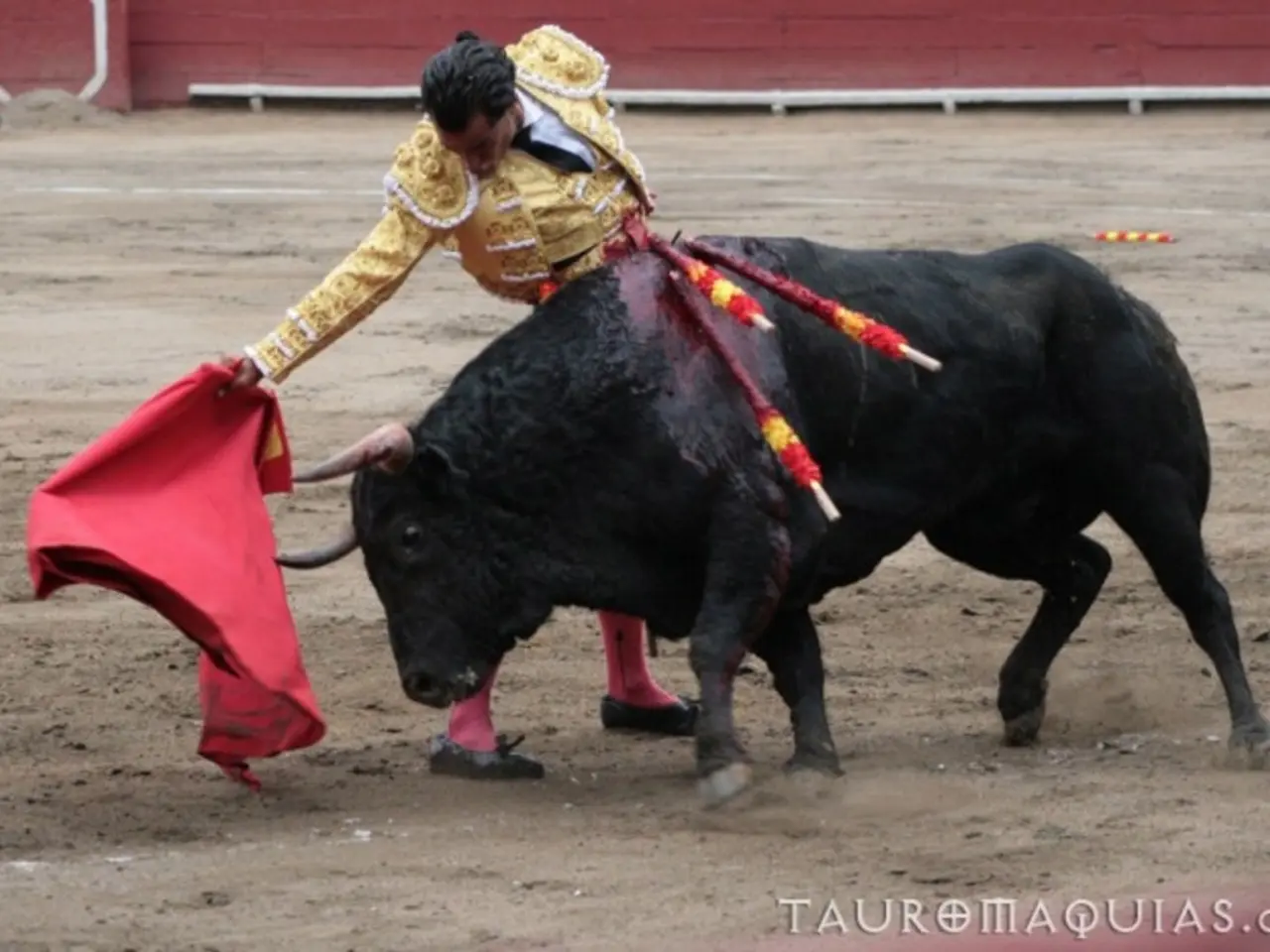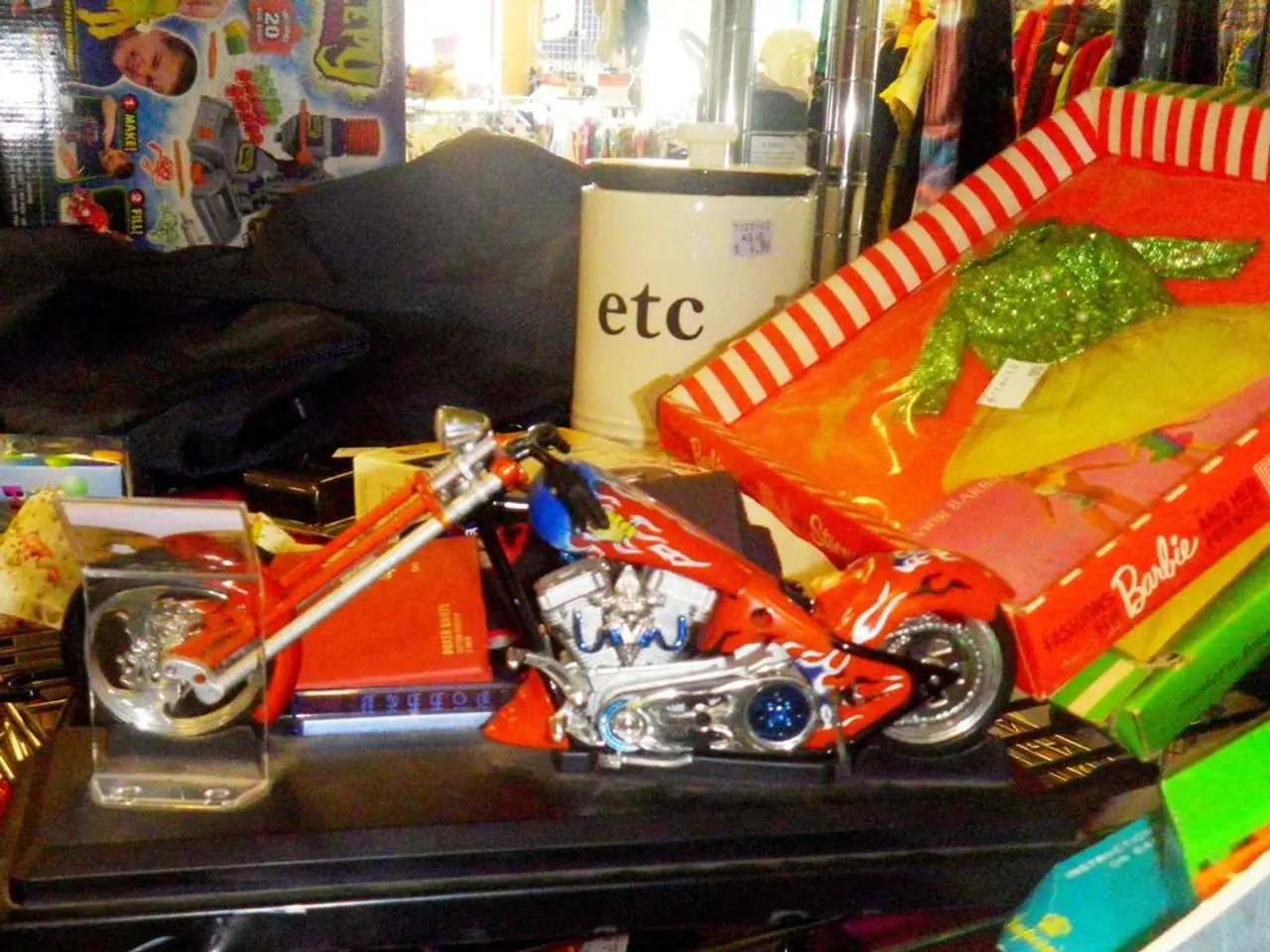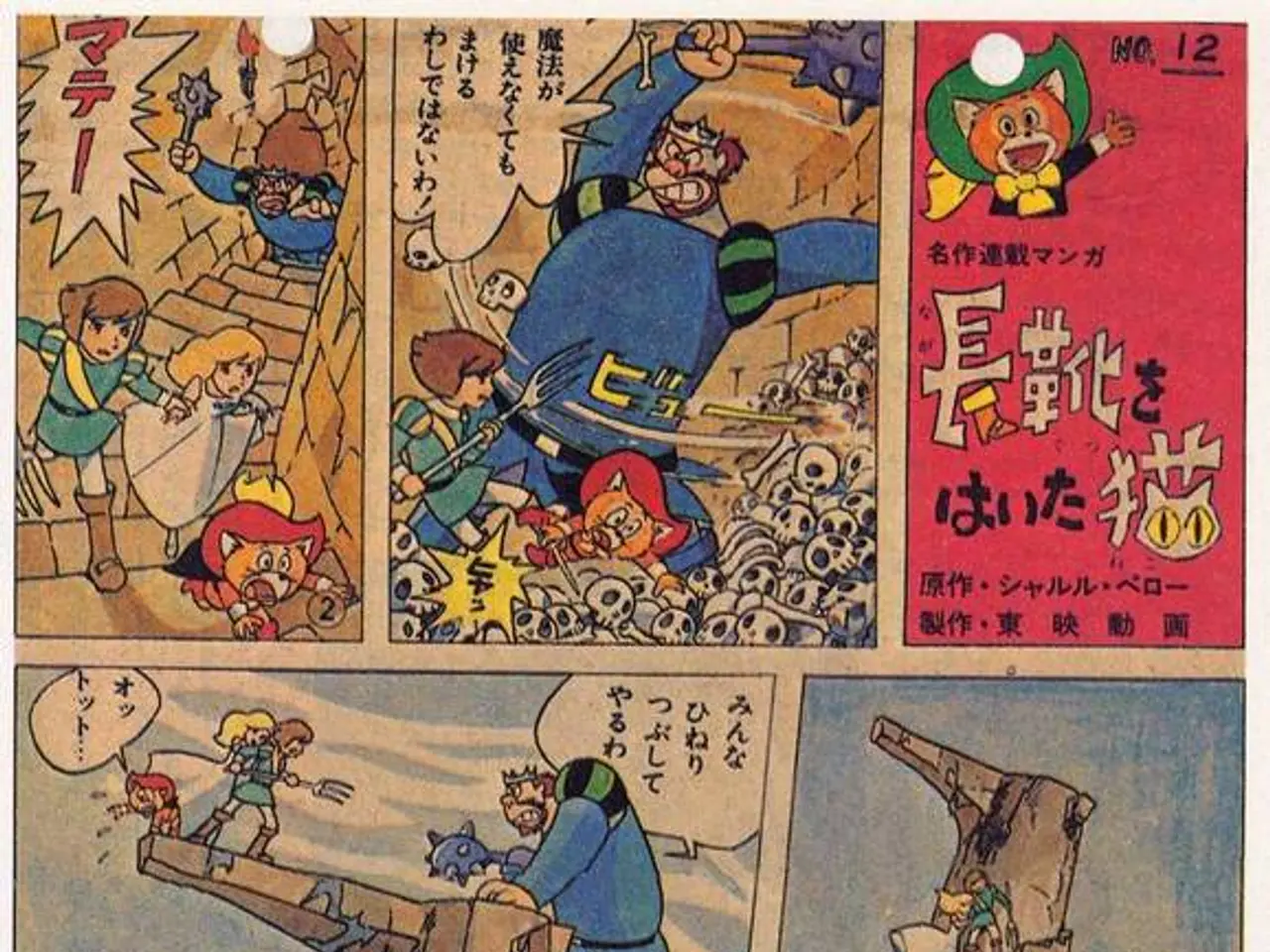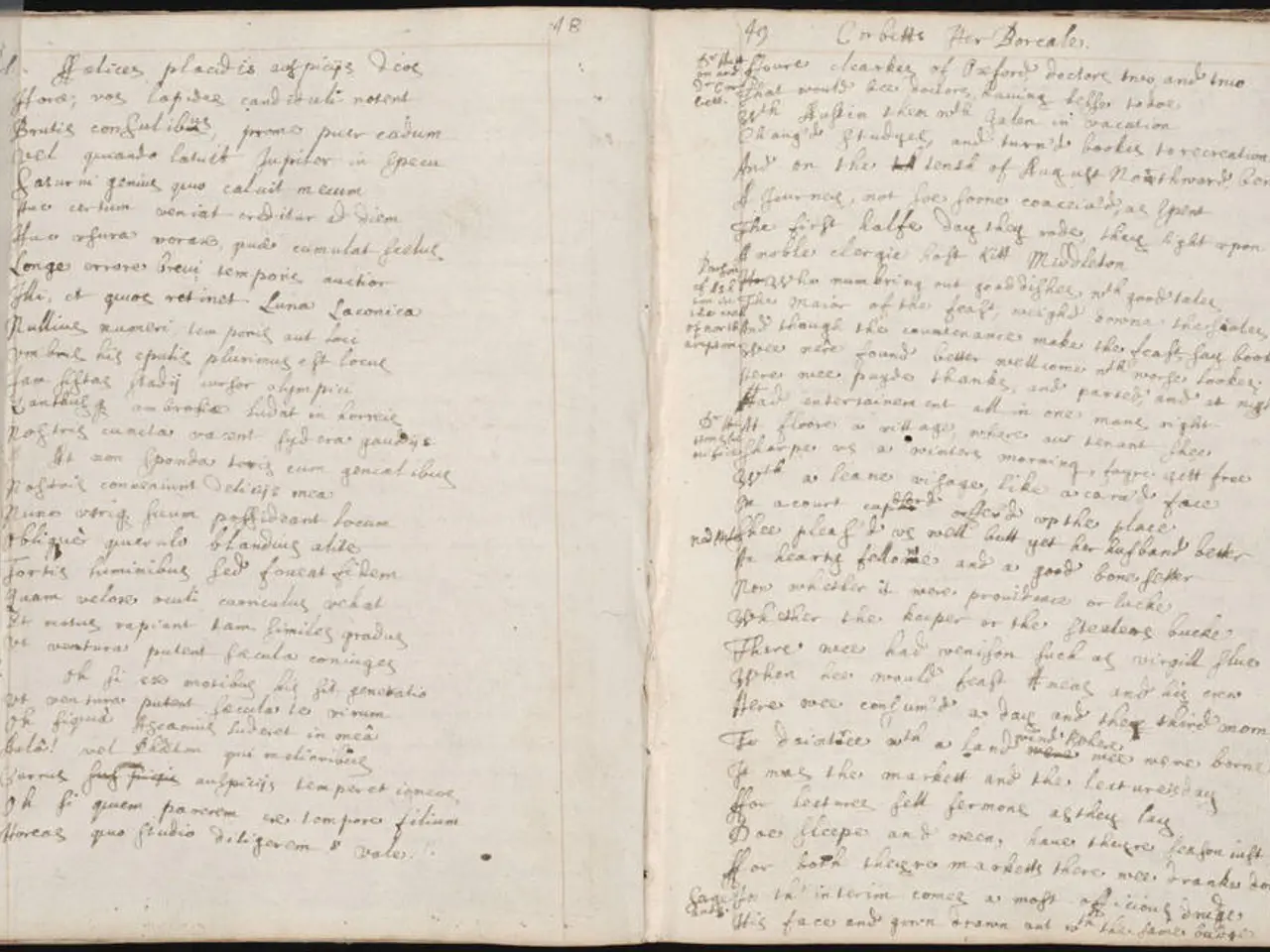multiple individuals sustained injuries during the inaugural bullfight in Pamplona
The San Fermin Festival, an annual event dedicated to the city's patron saint in Pamplona, Navarra, Spain, is a vibrant celebration that attracts participants from all over the world. Known for its traditional white clothing with red neckerchiefs and sashes, the festival takes place at the beginning of July each year.
Despite its festive atmosphere, the San Fermin Festival is not without its risks. The most famous aspect of the festival is the daily bull runs, which take place over an 825-meter-long route leading to an arena for evening bullfights. Since official record-keeping began in 1910, there have been 15 recorded deaths during the Pamplona bull runs, primarily due to goring by the bulls' horns. The only American fatality was Matthew Tassio, a 22-year-old from Chicago who died from goring in 1995.
In terms of injuries, each year there are typically between 50 and 100, the majority being minor and not requiring hospital visits. Common injuries stem from people falling, being stamped on, or hitting stationary objects. A significant risk during the run is the formation of pile-ups (crowd crushes), especially at the narrow entrance to the bullring, where many serious injuries and even deaths have occurred due to crushing or subsequent goring by bulls running into the crowd.
However, the festival is organized with substantial medical support. Around 200 medical personnel including doctors, nurses, and volunteers (notably from the Red Cross) are stationed at 16 medical posts along the route each day, backed by about 20 ambulances. This setup enables rapid treatment and hospital transfer, often within 10 minutes for serious injuries like goring.
Despite the risks, the festival continues to be a major tourist attraction, with tourists from all over the world, particularly from Spain, Europe, the USA, and Australia, flocking to the event. The San Fermin Festival has a long history, having been celebrated since the late 16th century. The event features eight daily bull runs, with six bulls being driven through the old town each morning.
The festival has also been the subject of literary works, such as Ernest Hemingway's first major novel, "The Sun Also Rises" (1926). However, in recent years, animal welfare groups have protested against the traditional event.
In the most recent San Fermin Festival, two bulls slipped and fell during the run on the wet cobblestones. Despite this, none of the participants were fatally injured, marking the 13th consecutive year without a fatality. The first bull run of the 2023 San Fermin-Fest resulted in at least six injuries, but all were sustained from being trampled by bulls, not from horn gores.
In summary, the San Fermin Festival in Pamplona, Spain, remains a dangerous but thrilling tradition. With robust medical preparedness and the experience built over decades, fatalities are rare relative to the event’s duration and number of participants. However, the potential risks cannot be ignored, and the ongoing debate about animal welfare continues to shape the future of this historic festival.
[1] "San Fermin Festival: A Dangerous Tradition." BBC News, 7 July 2020. [2] "The San Fermin Festival: A Look at the Risks and Rewards." The Guardian, 6 July 2019. [3] "The San Fermin Festival: A Century of Bull Runs." The New York Times, 6 July 2010.
- The San Fermin Festival, a vibrant annual event in Pamplona, Navarra, Spain, is known for its mix of lifestyle, education-and-self-development, and general-news, as it attracts participants from around the world.
- The festival's association with crime-and-justice comes from the risks involved, particularly in the daily bull runs, where accidents such as goring by bulls' horns have resulted in fatalities over the years.
- Despite the risks, sports like football, baseball, hockey, golf, basketball, mixed-martial-arts, and racing are popular discussions among festival-goers, adding an additional layer to the event's liveliness.
- The sports-betting industry also sees a spike during the festival, with many participating in games related to the bull runs.
- Sports-analysis and discussions about the festival's traditional practices, particularly in light of animal welfare concerns, have become a regular part of post-festival discourse.
- The San Fermin Festival's rich history and literary significance, as seen in works like Ernest Hemingway's "The Sun Also Rises," make it a subject of interest in education-and-self-development and general-news contexts.
- accidents and injuries during the festival are managed by a substantial medical team, ensuring rapid treatment and hospital transfer for those in need.
- The ongoing debate about animal welfare continues to shape the future of this historic festival, making it a significant point of general-news and education-and-self-development discussions in the coming years.




